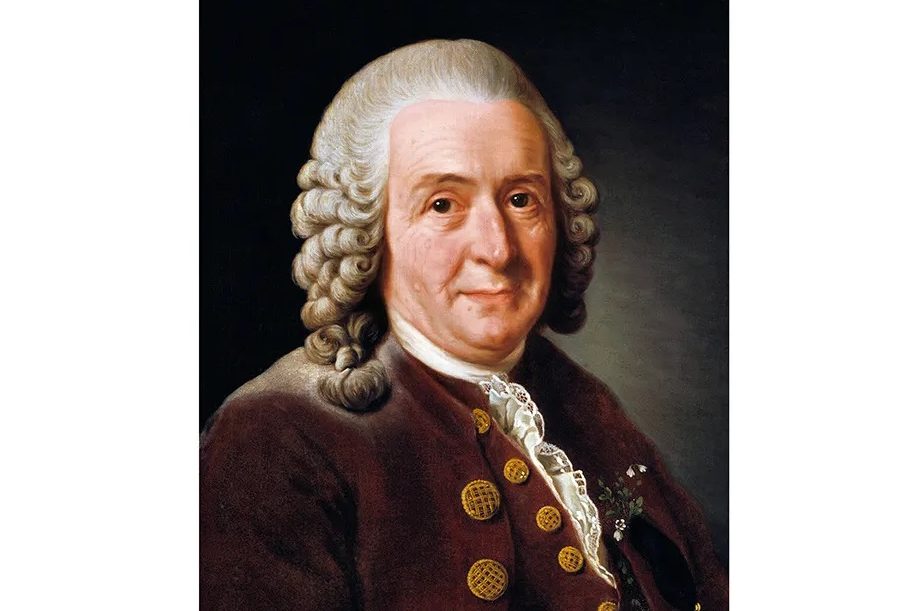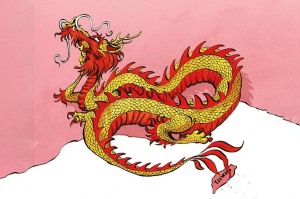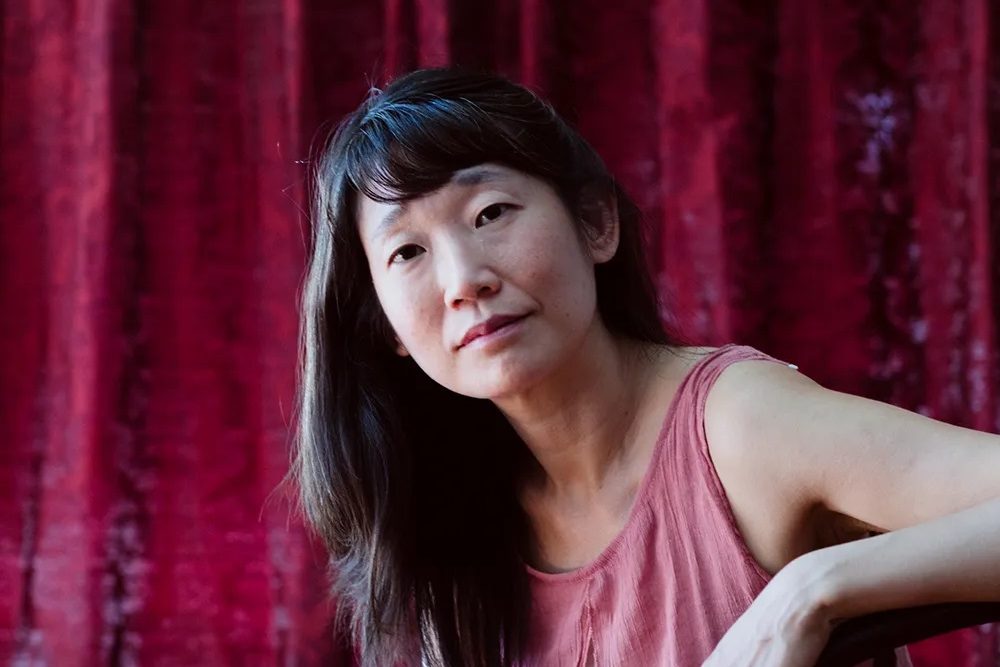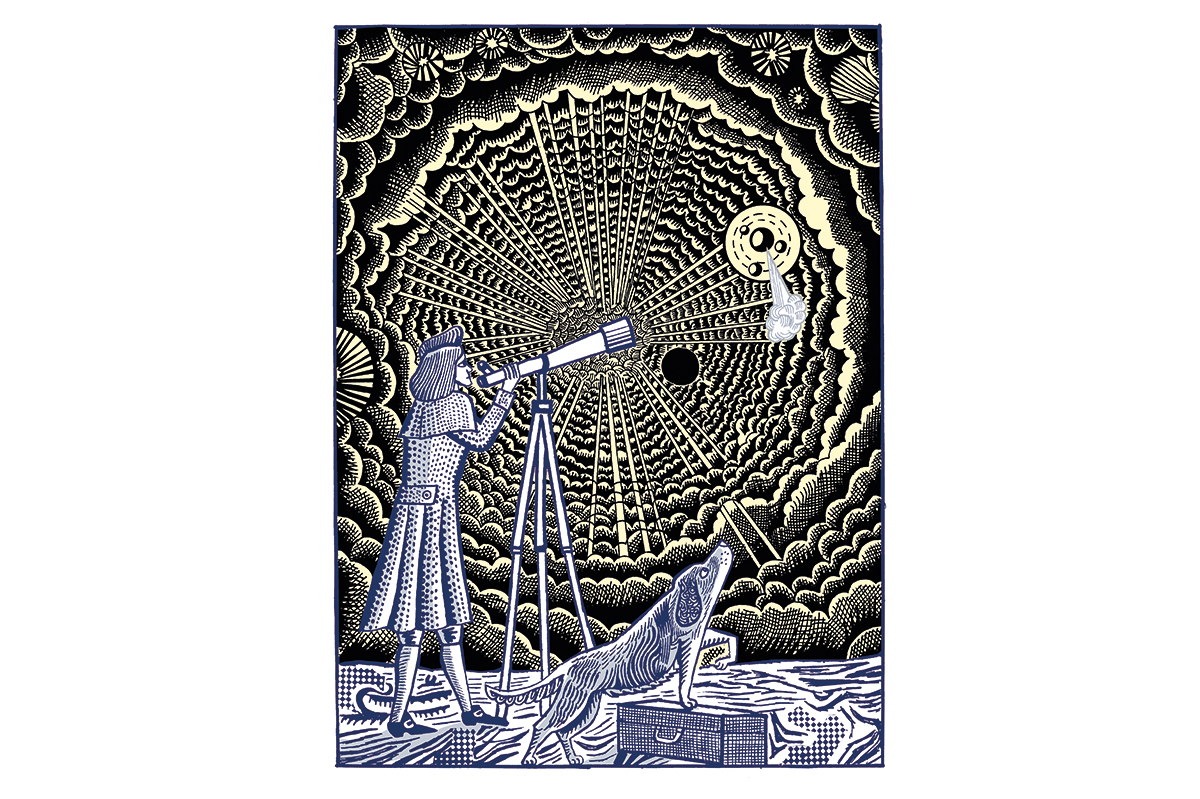Carl Linnaeus and Georges-Louis Leclerc, Comte de Buffon were both taxonomists, born in the same year (1707), but apart from that they had little in common and never met. Buffon was French, Linnaeus Swedish. Buffon was suave, elegant, tall and handsome (Voltaire said he had “the body of an athlete and the soul of a sage”), whereas Linnaeus was a bumptious little man (under five feet), who was widely regarded as uncouth. Buffon’s funeral was attended by 20,000 mourners but Linnaeus died almost forgotten, after suffering from a brain disease for fifteen years. Yet the Linnaean system of taxonomy has survived much better than Buffon’s, which was hardly a system at all.
The idea that anyone could classify all the species in the world — which both Linnaeus and Buffon originally hoped to do — seems laughable now, but it appeared quite feasible when they started. They knew from the account in Genesis that God had created all living things in six days and that Noah had later saved them from the Flood by taking two of each species into the Ark. Calculations based on the size of the Ark then determined that there must have been at most 2,000 species in the world — and must still be, because the natural world was essentially finite and unchanging. Nobody as yet paid any attention to fossils.
Linnaeus was a pastor’s son who was meant to take over his father’s ministry; but he did so badly at school that his masters advised him to train as a tailor or shoemaker. Instead, he took himself to Uppsala to study medicine and became a habitué of the Botanic Garden where Anders Celsius found him making notes on plants. Asked by Celsius how many plants he could recognize, Linnaeus told him more than 600, at which point the astronomer invited him home.
Uppsala students were supposed to present their professor with a poem on New Year’s Day, but Linnaeus presented Celsius with a treatise, Praeludia Sponsaliorum Plantarum, on how to classify plants by their sexual organs. Celsius was so impressed that he sent it to Stockholm, where it was published. Linnaeus was soon appointed “demonstrator” at the Botanic Garden, where his talks drew ever increasing crowds. But he lacked the necessary teaching qualification to be appointed lecturer, so he traveled to Harderwijk in the Netherlands where you could buy a degree in a week, and at the age of twenty-eight was officially a doctor. Then he wrote (in Latin) the Systema Naturae that would make his name, and was appointed professor at Uppsala.
The idea that anyone could classify all the species in the world seemed quite feasible in the eighteenth century
Buffon also came from a relatively modest provincial background — his father was a tax inspector — but at the age of ten he unexpectedly inherited a fortune from his childless godfather and was sent to Dijon to be educated. There he befriended the Duke of Kingston, a fabulously rich English teenager who was doing the Grand Tour with his tutor, a naturalist, and joined them for a while. He began corresponding with various learned societies and was appointed intendant at the Jardin du Roi in l739. There he worked on his Histoire Naturelle, which started publishing in l749 and became a bestseller. It eventually ran to thirty-five volumes and remained in print for l50 years. Buffon’s literary style was much admired and he was elected to the Académie Française.
Nobody admired Linnaeus’s style, but he worked steadily at his Systema Naturae and established the system of binomial nomenclature (genus, followed by species) that is still in use today. At the age of fifty he admitted that he was “old and gray and worn out” and was beginning to suffer fits of giddiness from the onset of the brain disease that would eventually kill him in l778. Buffon, meanwhile, went from strength to strength. He was presented with a nine feet, semi-naked statue of himself by king, to be put on display in the Jardin du Roi. When he died in l788 he was mourned as one of France’s greatest savants. But the next year brought the Revolution, when he was denounced as a royalist. His giant statue was replaced by a bust of Linnaeus and the Jardin du Roi was renamed the Jardin des Plantes. His Histoire Naturelle remained in print for many years, but his scientific ideas were increasingly discarded. Linnaeus’s judgment of him seems sound: “Buffon did not extend the boundaries of science but he knew how to make it popular; and that, too, is a way of serving it to advantage.”
The same might be said of Jason Roberts. He is a lively writer with a keen eye for good anecdotes. I particularly liked his account of Linnaeus’s denunciation of the Hydra of Hamburg, a seven-headed monster that was supposed to be the dragon from the Book of Revelation. Linnaeus identified its seven jaws as belonging to weasels and exposed it as an elaborate taxidermic hoax. The trouble is that Roberts’s eagerness to chase such amusing diversions means that his central narrative is far from clear. After Linnaeus and Buffon, he wanders off to Cuvier, Lamarck, Mendel, Huxley, and, oddest of all, only allows Darwin a walk-on part. So although Every Living Thing is an entertaining compendium of fascinating facts, it is not much use as a history of scientific thought.
This article was originally published in The Spectator’s UK magazine. Subscribe to the World edition here.


























Leave a Reply